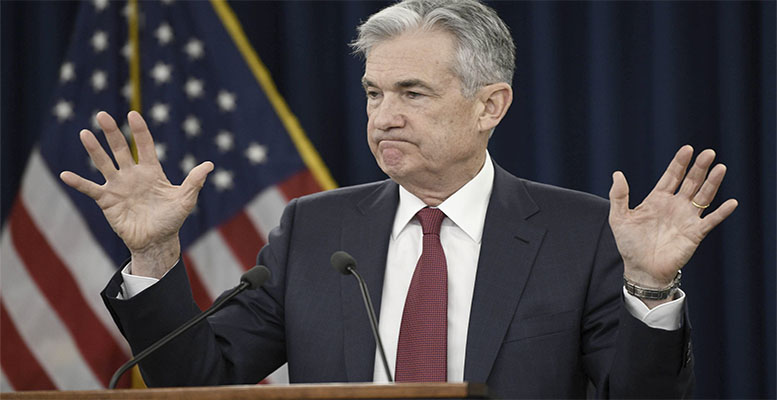J.P. Marín Arrese | Jay Powell was crystal clear in Jackson Hole about his willingness to scale down QE starting by the year close. As the US economy is recovering at full steam and prices skyrocket to a 13-year record, the idea that monetary policy will soon switch from the current over-loose stance to a more neutral one is hardly surprising. His message even sounded dovish as he cautioned against rushing into fighting inflation. He considered its current upsurge temporary, however, dismissing this upsurge might poise an imminent threat to economic stability. He dismissed early action as it would deliver more harm than good. Powell showed a more sanguine mood than other FOMC members who openly called for triggering rate increases as soon as possible.
In the aftermath of his speech, markets expressed relief, pricing-in a cautious and gradual removal of the $120 billion monthly asset buying programme over next year, leaving room for rate hikes at a later stage. The Fed’s Chairman seems all too conscious of how swift attempts by his predecessors to scrap QE backfired as they were confronted with financial turmoil fuelled by extensive divestments in emerging countries. He’s eager to avoid any blunder in his prudent path aimed at replacing unorthodox methods with the traditional monetary toolkit. Yet, for all the safeguards and cautious steps he may take, scaling down QE will not be easy.
As the US administration is pressing hard to convince Congress to support a far-reaching $3.5 billion recovery programme, which will double the funds already committed, public debt will climb to unprecedented levels forcing authorities to preserve loose-enough credit conditions. Shelving QE will not relieve the Fed from securing its long-standing role as last resort guarantor of both greenbacks and T-bonds, creaming-off any excess the markets cannot absorb. Thus, suppressing the current asset-buying programme will hardly slim down its overloaded balance sheet.
The hard task facing the Fed is how to implement a less accommodative stance without undermining its fiscal policy ability to secure massive stimulus to the economy. Matching this goal with its core duty to maintain prices under control might prove a formidable challenge unless current price increases prove temporary as Powell predicts. Their depressed levels, prevailing last year as the coronavirus crisis unfolded, largely explain much of their current rebound. But chain supply disruptions coupled with the unleash of dammed demand might boost inflationary pressures beyond the short-term boundary Powell bets they will confine themselves to.
Resorting to a crash-landing that would deliver a devastating blow to the economy and that would wreck the hard-battled patient gains against the crisis stands as a nightmare scenario for any central banker. Yet, waiting longer than warranted to tackle this looming danger might fuel widespread financial instability should confidence suddenly crumble. Playing-down such a threat seems a risky gamble. Unwinding QE in the mild and painless way Powell has in mind may prove far more demanding and bumpy than expected.





